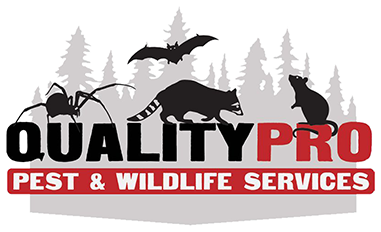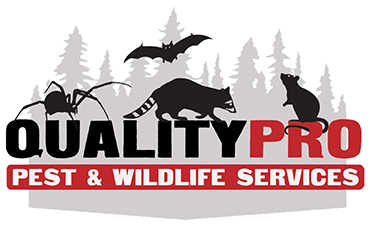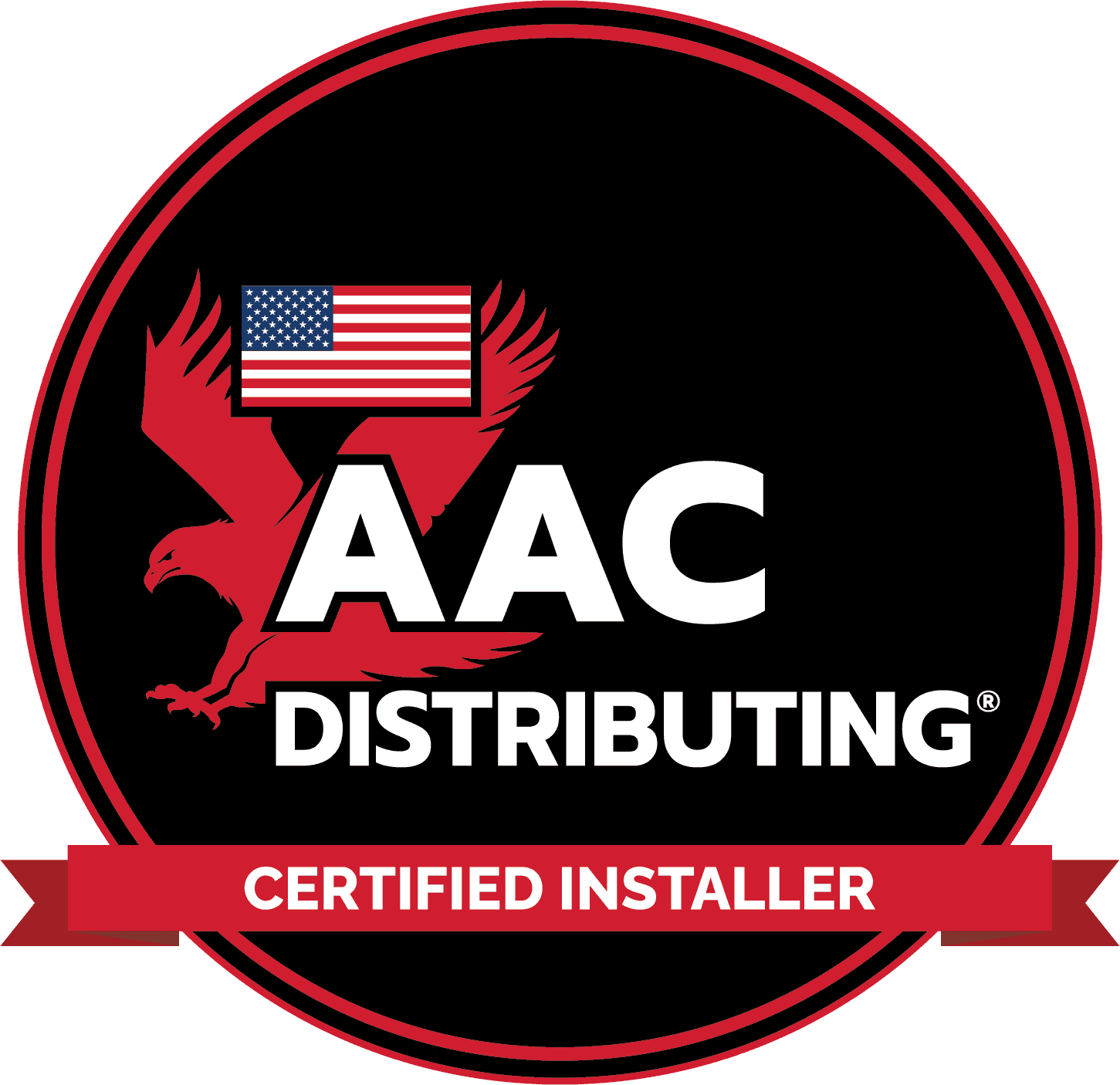
Snake Removal in Westchester County
QualityPro understands that a snake in the home is an emergency that cannot wait till the next business day. This is why emergency Snake Removal Service in Westchester, Rockland, Putnam and Greenwich CT is available. Snake removal can be dangerous and should only be done by a trained professional.
Our snake removal & snake control experts provide services to such complaints as I have a snake in my house. Nuisance wildlife removal operators are experts in snake removal and snake control throughout all of New York.
Snake Control
Snake control is dangerous and should only be done by a trained wildlife professional. New York’s most dangerous venomous snakes include the rattlesnake, timber rattlesnake, cottonmouth, and the copperhead. These dangerous snakes can cause serious injury even death. The timber rattlesnake can be commonly found in homes, commercial, and industrial areas. If you encounter a snake you should immediately distance yourself from the snake, if possible keep visual contact on the snake, and call a snake control expert to remove the snake from your home or business. We specialize in:
- Rattlesnakes in your home
- Snakes in your house
- Snakes in your yard
- Snake in your business
- How to get rid of a snake
Snake Trapping
A common reaction to a snake regardless whether it be in your home or on your property is to kill it whether or not it poses a risk or not. However, the fact is that most snakes in the local area are harmless and even the dangerous ones would rather flee than fight. Once we begin to learn about snakes, we can replace our fears and misconceptions with facts. Once understood we can then appreciate the important role snakes have on the Westchester County. You should never attempt to kill a snake this could lead to a dangerous snake bite.
Some Common Questions we get regarding snakes in the are :
Q: Can I die from a snake Bite? (A) Yes, If bitten by a venomous snake. Immediate medical attention should be obtained. An Antivenin can be administered by hospitals and emergency care centers. It is important to keep the affected snake bitten extremity below the heart. Most snake bites occur on these hands from people trying to capture snakes.
Q: How do I get Rid of Snakes in my New York home? (A) The key to getting rid of snakes from your home is sealing up all the entry points and eliminating the major food sources including but not limited to mice, spiders, crickets and other insects that inhabit your home, this should be done by a professional as you never want to seal a snake up inside your home.
Snake in My Garage
Snakes are a very common call in the Westchester, Rockland, Bronx, Putnam Counties and Greenwich, CT areas of New York. Most snakes that enter homes and garages are looking for a food source. If you have a snake in your garage or home you should contact a professional snake removal company to make recommendations to solve the problem completely. An important fact to remember simply removing the snake DOES NOT SOLVE THE PROBLEM! The snake’s food source must be removed.
Snake in My House
The same reasons apply to the above answer, however you should check to make sure all doors and windows are shut as snakes are very good climbers and can access the interior of your home in a variety of ways. Always call a professional when you have a snake problem.
Snake Facts
Appearance:
The most widespread and frequently encountered snake in New York is the garter snake. These snakes, like many other species, are variable in color and pattern; the basic color is dark brown or green with three yellowish stripes down their sides and back. They may reach lengths of two feet, but are typically smaller.
Habit:
They do hibernate from November to late March, but also may emerge from time to time to bask in the sun during warms spells. Some populations may travel great distances to migrate from their winter dens to their summer feeding grounds, while others simply stay put.
Diet:
Generally consume frogs, toads, salamanders, earthworms, fish and rodents.
Reproduction:
Reproduction takes place after they emerge from hibernation in the spring time, in April or May. The average number of young is around 12 but can range anywhere from 4-27. Females give birth in late summer or maybe even the early fall.






.2211291538301.jpg)












